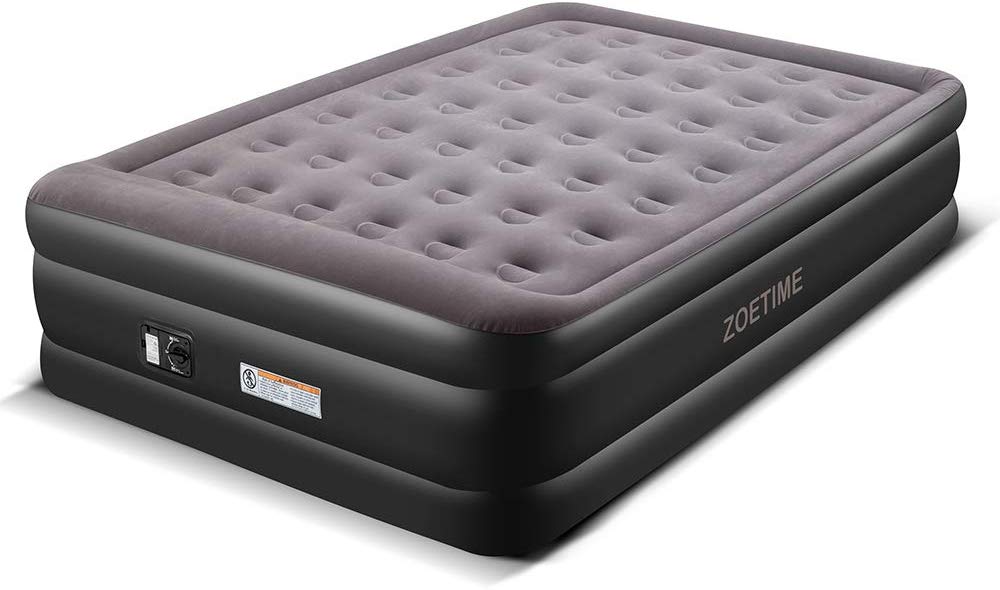Keeping your stainless steel kitchen sink clean can seem like a daunting task, but with the right techniques and products, it can be a breeze. Here's a step-by-step guide on how to effectively clean your stainless steel sink. First, start by rinsing the sink with hot water to remove any loose debris or food particles. Then, sprinkle baking soda all over the sink and use a damp sponge to scrub the surface. Baking soda is a gentle abrasive that can effectively remove stains and grime without causing any damage to the steel. Next, mix equal parts white vinegar and water in a spray bottle and spritz it all over the sink. Let it sit for a few minutes before scrubbing with a sponge or cloth. The acidic properties of vinegar help to break down any tough stains or build-up on the sink. To add some extra shine to your sink, you can also use a few drops of olive oil or mineral oil on a soft cloth to buff the surface. This will not only make your sink sparkle, but it will also help to prevent water stains and keep your sink looking like new. Finally, rinse the sink thoroughly with hot water and dry it with a clean cloth. And voila, your stainless steel sink is now clean and shiny!1. How to Clean a Stainless Steel Kitchen Sink
Maintaining a clean stainless steel sink is just as important as cleaning it in the first place. Here are some tips to help keep your sink looking its best. First and foremost, avoid leaving standing water in your sink for extended periods of time. This can lead to water spots and make your sink more prone to stains. Instead, make it a habit to wipe down your sink after use and dry it with a clean cloth. Also, try to avoid using harsh chemicals or abrasive cleaners on your stainless steel sink. These can cause scratches and damage the surface of the steel. Stick to gentler cleaning products, such as the baking soda and vinegar method mentioned earlier. Another tip is to use a plastic or rubber mat in the bottom of your sink to protect it from scratches and dents caused by heavy pots and pans. This will also help to prevent any food or debris from getting stuck in the crevices of the sink. Last but not least, regularly clean and replace your sink's drain strainer to prevent any build-up or clogs. This will not only keep your sink clean, but it will also help with proper drainage.2. Best Ways to Keep Your Stainless Steel Sink Clean
With some simple maintenance and care, you can keep your stainless steel kitchen sink looking clean and shiny for years to come. Here are a few tips to help you maintain its pristine condition. Firstly, avoid using steel wool or harsh scrubbers on your sink as they can cause scratches and damage the surface. Instead, opt for soft sponges or cloths to gently clean the sink. Another tip is to regularly use a stainless steel cleaner or polish to keep your sink looking its best. These products help to remove any water spots or fingerprints and leave a protective layer on the sink to prevent future stains. It's also important to be mindful of what you put in your sink. Avoid leaving acidic or corrosive substances, such as citrus fruits or vinegar, in the sink for too long as they can cause damage to the steel. And always rinse the sink thoroughly after using any harsh cleaning products. Lastly, consider investing in a sink grid or mat to protect the bottom of your sink from scratches and dents. These can easily be removed and cleaned, making it a convenient option for maintaining a clean sink.3. Tips for Maintaining a Clean Stainless Steel Kitchen Sink
Stainless steel sinks are a popular choice for kitchens due to their durability, sleek appearance, and resistance to stains. However, they do require regular cleaning to maintain their shine. Here's a comprehensive guide to cleaning a stainless steel sink. Start by removing any dishes or debris from the sink and giving it a quick rinse with hot water. Then, mix equal parts baking soda and water to create a paste and use a sponge to scrub the sink. For tougher stains, you can add a few drops of dish soap to the paste. Next, rinse the sink with hot water and spray white vinegar all over. Let it sit for a few minutes before scrubbing again with a sponge or cloth. This will help to remove any remaining stains and leave your sink sparkling. To keep your sink looking its best, dry it with a clean cloth and apply a small amount of olive oil or mineral oil to a soft cloth. Gently rub the surface of the sink in a circular motion to buff out any water spots or fingerprints and add a protective layer to the steel. For tougher stains or build-up, you can also use a stainless steel cleaner or polish. Simply follow the instructions on the product and use a soft cloth to buff the sink until it shines.4. The Ultimate Guide to Cleaning a Stainless Steel Sink
If you prefer to use natural cleaning solutions in your home, you'll be pleased to know that there are plenty of options for cleaning a stainless steel kitchen sink. Here are a few natural alternatives to harsh chemicals. Baking soda and white vinegar are two key ingredients that can effectively clean and remove stains from a stainless steel sink. You can also add a few drops of lemon or lime juice to the mixture for an extra boost of cleaning power. Another natural option is to use a mixture of salt and lemon juice. Simply sprinkle the salt over the sink and use a cut lemon to scrub the surface. The citric acid in the lemon will help to break down stains and leave a fresh scent. For a deep clean, you can create a paste using baking soda, dish soap, and hydrogen peroxide. Apply the paste to the sink and let it sit for 10-15 minutes before scrubbing with a sponge or cloth. This will help to remove tough stains and leave your sink looking like new.5. Natural Cleaning Solutions for a Stainless Steel Kitchen Sink
For a deep clean of your stainless steel sink, you'll need a few extra tools and products to get the job done. Here's a step-by-step guide on how to deep clean your sink. First, remove any dishes or debris from the sink and rinse it with hot water. Then, sprinkle baking soda all over the sink and let it sit for a few minutes. Next, use a soft-bristled brush to scrub the sink, paying extra attention to any tough stains or build-up. Next, mix equal parts water and white vinegar in a spray bottle and spritz it all over the sink. Let it sit for 10-15 minutes before scrubbing again with the brush. For tougher stains, you can also use a mixture of baking soda and hydrogen peroxide. For the final step, rinse the sink thoroughly with hot water and dry it with a clean cloth. If there are any remaining stains, you can use a stainless steel cleaner or polish to buff them out. Your sink will now be sparkling and free of any build-up or stains.6. Deep Cleaning Your Stainless Steel Sink: Step-by-Step Guide
To effectively clean a stainless steel sink, it's important to know what to do and what to avoid. Here are some dos and don'ts to keep in mind when cleaning your sink. Do use gentle cleaning products and tools, such as baking soda, vinegar, and soft sponges or cloths. These will effectively clean your sink without causing any damage. Don't use steel wool or abrasive cleaners on your sink as they can cause scratches and damage the surface of the steel. Do regularly rinse and dry your sink after use to prevent water spots and stains. Don't leave acidic or corrosive substances in the sink for too long as they can damage the steel. Always rinse the sink thoroughly after using any harsh cleaning products. Do use a protective mat or grid in the bottom of your sink to prevent scratches and dents caused by heavy pots and pans.7. The Dos and Don'ts of Cleaning a Stainless Steel Kitchen Sink
Despite your best efforts, stains can still occur on a stainless steel sink. But don't worry, there are ways to effectively remove them. Here's how. If the stain is from coffee or tea, mix equal parts white vinegar and water in a spray bottle and spritz it onto the stain. Let it sit for a few minutes before scrubbing with a sponge or cloth. For tougher stains, you can also add a few drops of dish soap to the mixture. For rust stains, mix baking soda and lemon juice to create a paste and apply it to the stain. Let it sit for 10-15 minutes before scrubbing with a brush. You can also use a soft-bristled toothbrush for smaller, more stubborn stains. If all else fails, you can use a stainless steel cleaner or polish specifically designed for removing stains. Follow the instructions on the product and use a soft cloth to buff the stain until it disappears.8. How to Remove Stains from a Stainless Steel Sink
To keep your stainless steel sink looking shiny and spotless, it's important to regularly clean and maintain it. Here are some tips to help you achieve a spotless sink. Firstly, avoid leaving standing water in the sink for extended periods of time. This can lead to water spots and make your sink more prone to stains. Instead, make it a habit to wipe down your sink after use and dry it with a clean cloth. Secondly, regularly use a stainless steel cleaner or polish to remove any water spots or fingerprints and leave a protective layer on the sink. These products can also help to prevent future stains. And lastly, be mindful of what you put in your sink and avoid using harsh chemicals or abrasive cleaners. Stick to gentler cleaning products and always rinse the sink thoroughly after use.9. Keeping Your Stainless Steel Sink Shiny and Spotless
When it comes to cleaning a stainless steel kitchen sink, there are plenty of products on the market to choose from. Here are some of the best ones to help you achieve a sparkling clean sink. Baking soda is a household staple that can effectively clean and remove stains from a stainless steel sink. It's gentle yet effective and won't cause any damage to the surface of the steel. White vinegar is another versatile cleaning product that can be used to remove stains and leave your sink sparkling. Its acidic properties help to break down tough build-up and leave a fresh scent. For a deep clean, you can use a stainless steel cleaner or polish. These products are specifically designed for cleaning and protecting stainless steel and can effectively remove stains and leave a shiny finish.10. The Best Products for Cleaning a Stainless Steel Kitchen Sink
The Benefits of a Clean Steel Kitchen Sink

Enhance the Aesthetics of Your Kitchen
 A clean
steel kitchen sink
can instantly enhance the overall look and feel of your kitchen. As one of the most used areas in the kitchen, it is important to keep your sink clean and free from stains and grime. A dirty sink can make your entire kitchen appear unkempt and uninviting. With a
steel kitchen sink
that is sparkling clean, you can impress your guests and make your kitchen a more pleasant space to work in.
A clean
steel kitchen sink
can instantly enhance the overall look and feel of your kitchen. As one of the most used areas in the kitchen, it is important to keep your sink clean and free from stains and grime. A dirty sink can make your entire kitchen appear unkempt and uninviting. With a
steel kitchen sink
that is sparkling clean, you can impress your guests and make your kitchen a more pleasant space to work in.
Prevent the Spread of Germs and Bacteria
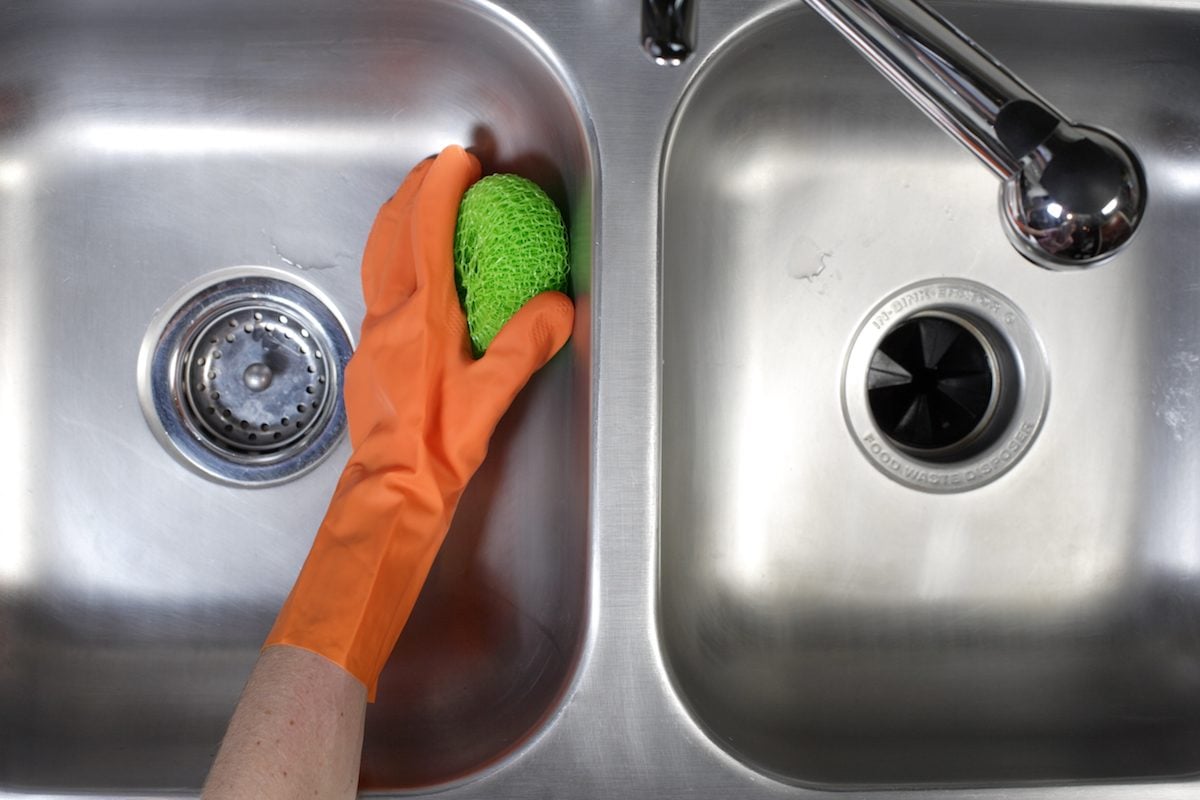 The kitchen sink is a breeding ground for germs and bacteria, especially if it is not regularly cleaned. This can lead to cross-contamination and potentially make you and your family sick. A clean
steel kitchen sink
can help prevent the spread of germs and bacteria, providing a healthier environment for food preparation and dishwashing. It is important to regularly clean and disinfect your sink to keep your kitchen safe and hygienic.
The kitchen sink is a breeding ground for germs and bacteria, especially if it is not regularly cleaned. This can lead to cross-contamination and potentially make you and your family sick. A clean
steel kitchen sink
can help prevent the spread of germs and bacteria, providing a healthier environment for food preparation and dishwashing. It is important to regularly clean and disinfect your sink to keep your kitchen safe and hygienic.
Extend the Lifespan of Your Sink
 A
steel kitchen sink
is a durable and long-lasting option for any kitchen. However, neglecting to clean it regularly can lead to the buildup of dirt, grime, and stains that can damage the surface over time. By keeping your sink clean, you can prevent scratches, rust, and other damage, and extend its lifespan. This will save you money in the long run as you won't have to replace your sink as often.
A
steel kitchen sink
is a durable and long-lasting option for any kitchen. However, neglecting to clean it regularly can lead to the buildup of dirt, grime, and stains that can damage the surface over time. By keeping your sink clean, you can prevent scratches, rust, and other damage, and extend its lifespan. This will save you money in the long run as you won't have to replace your sink as often.
Improve the Functionality of Your Sink
 A clean
steel kitchen sink
not only looks better, but it also functions better. A buildup of dirt and grime can clog your sink and slow down the draining process. This can be frustrating when you are trying to wash dishes or prepare food. With a clean sink, water can flow freely and efficiently, making your kitchen tasks easier and more enjoyable.
A clean
steel kitchen sink
not only looks better, but it also functions better. A buildup of dirt and grime can clog your sink and slow down the draining process. This can be frustrating when you are trying to wash dishes or prepare food. With a clean sink, water can flow freely and efficiently, making your kitchen tasks easier and more enjoyable.
Conclusion
 In conclusion, a clean
steel kitchen sink
not only improves the aesthetics of your kitchen but also has numerous other benefits. Regularly cleaning and maintaining your sink is essential for a hygienic and functional kitchen. With a few simple cleaning techniques, you can keep your
steel kitchen sink
looking like new and ensure its longevity. Don't neglect this important area of your kitchen and enjoy the many benefits of a clean sink.
In conclusion, a clean
steel kitchen sink
not only improves the aesthetics of your kitchen but also has numerous other benefits. Regularly cleaning and maintaining your sink is essential for a hygienic and functional kitchen. With a few simple cleaning techniques, you can keep your
steel kitchen sink
looking like new and ensure its longevity. Don't neglect this important area of your kitchen and enjoy the many benefits of a clean sink.



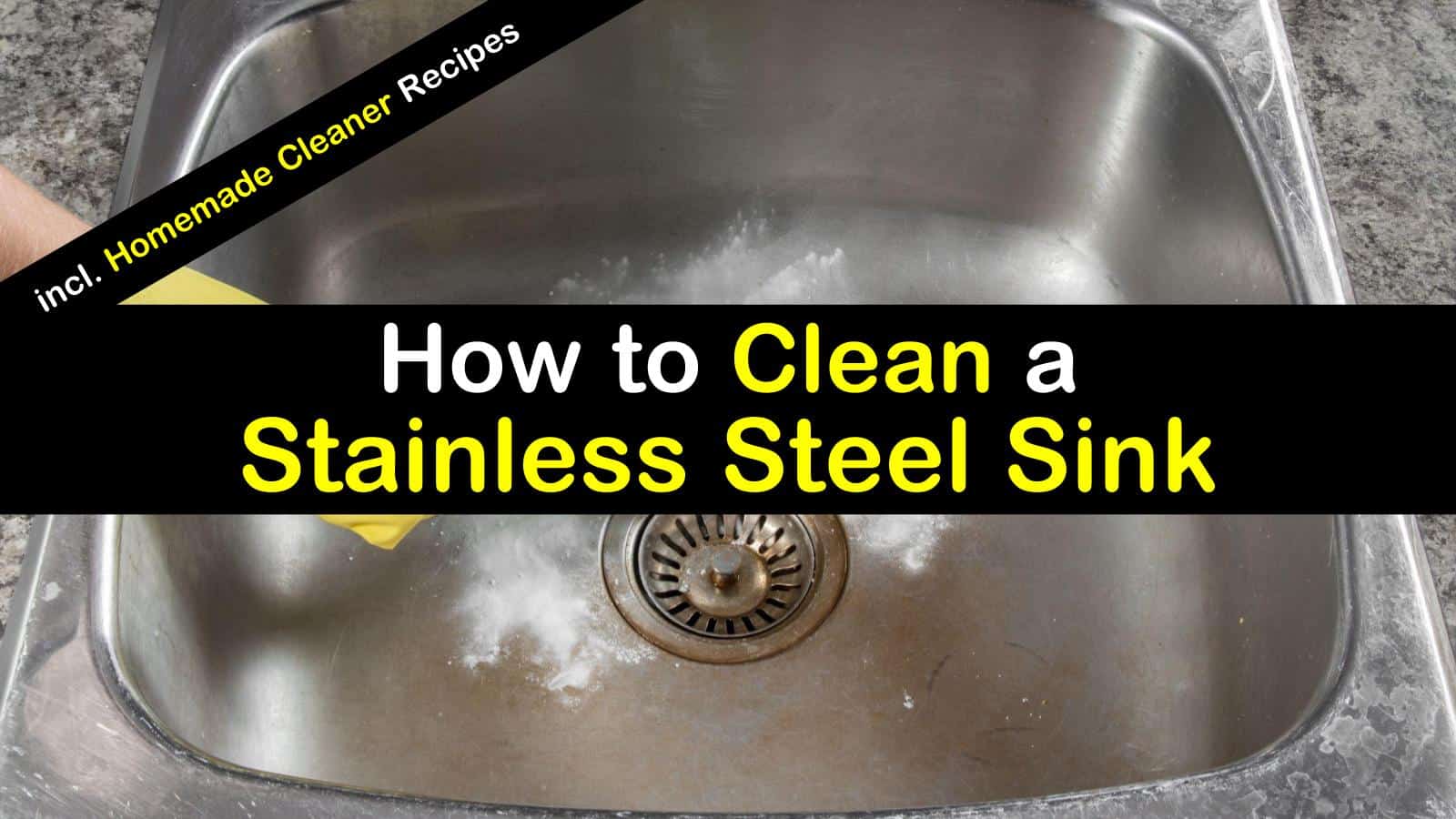



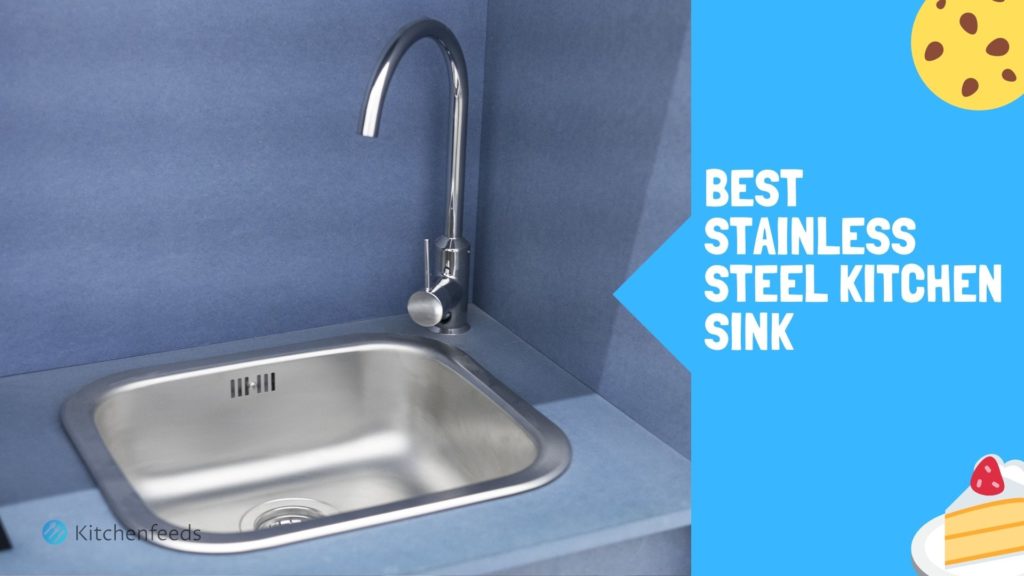

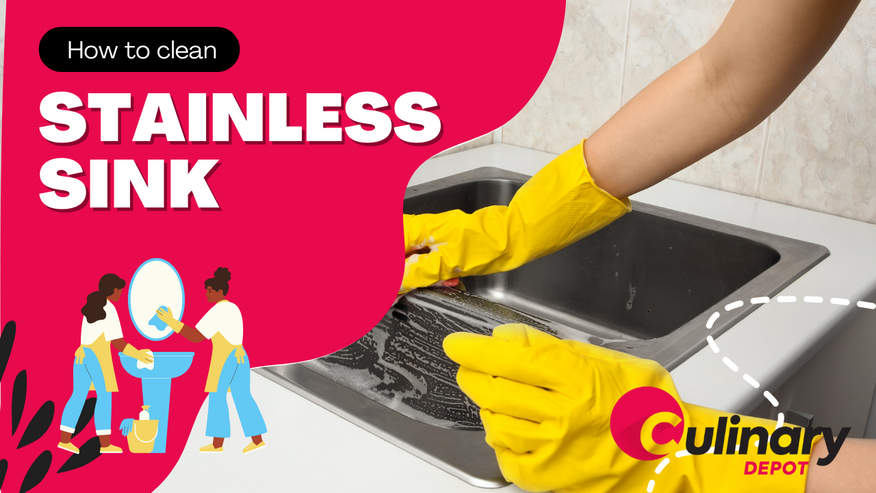



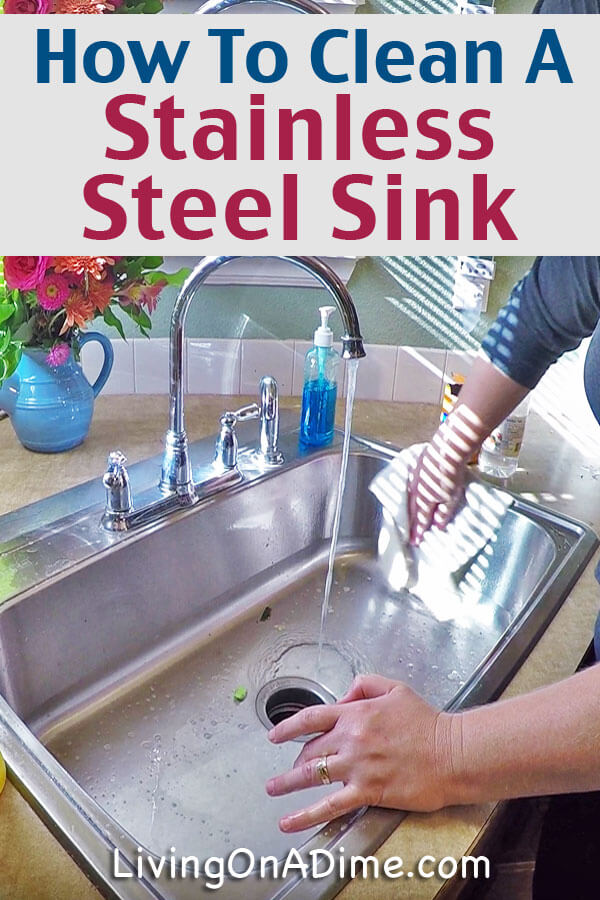






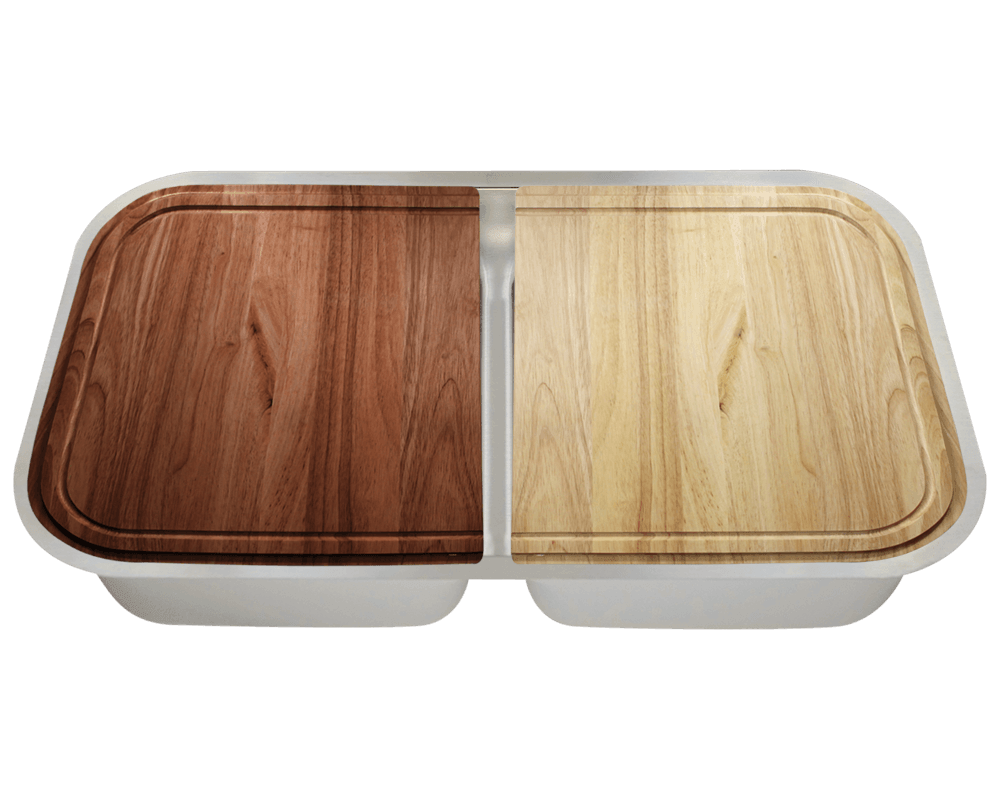
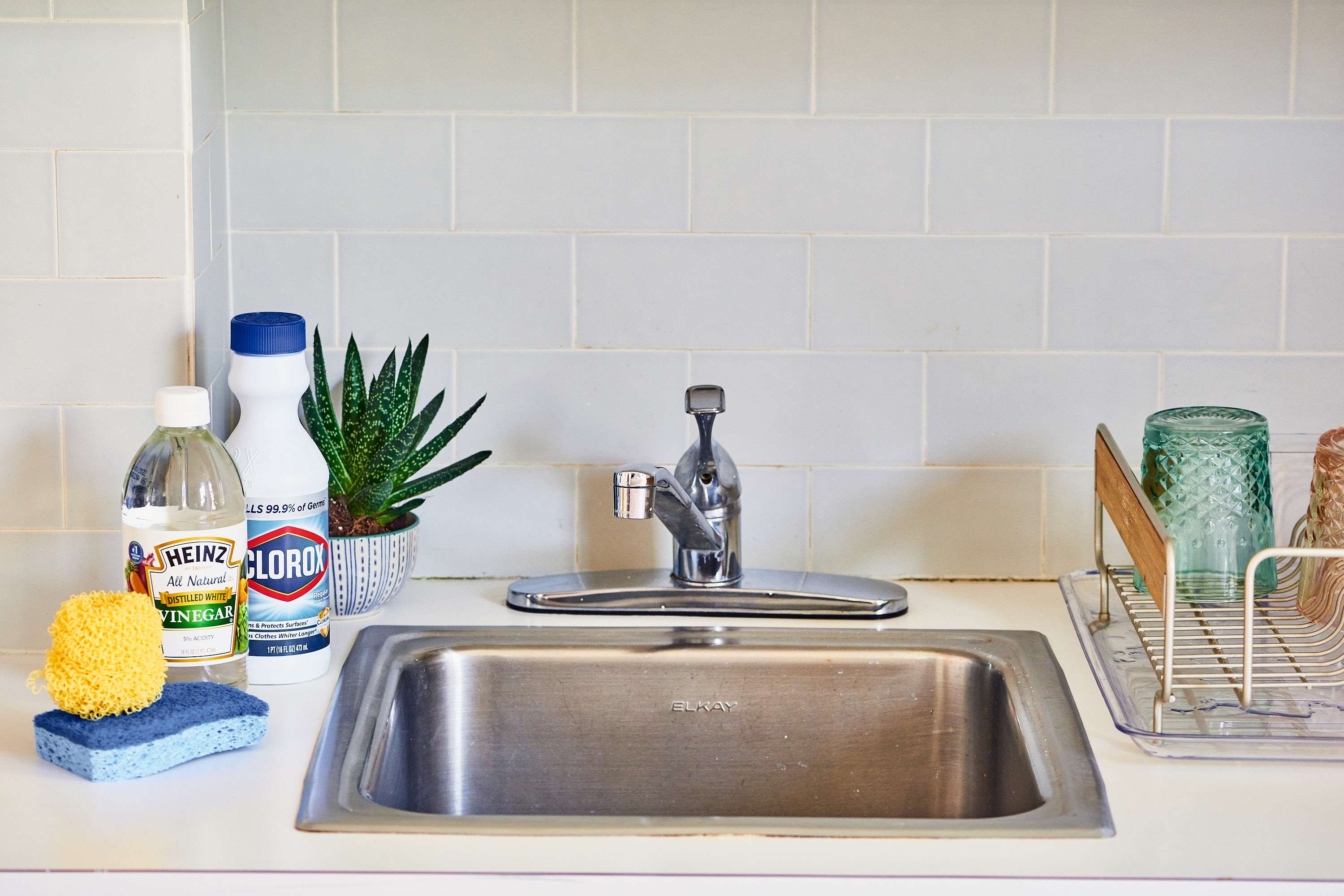
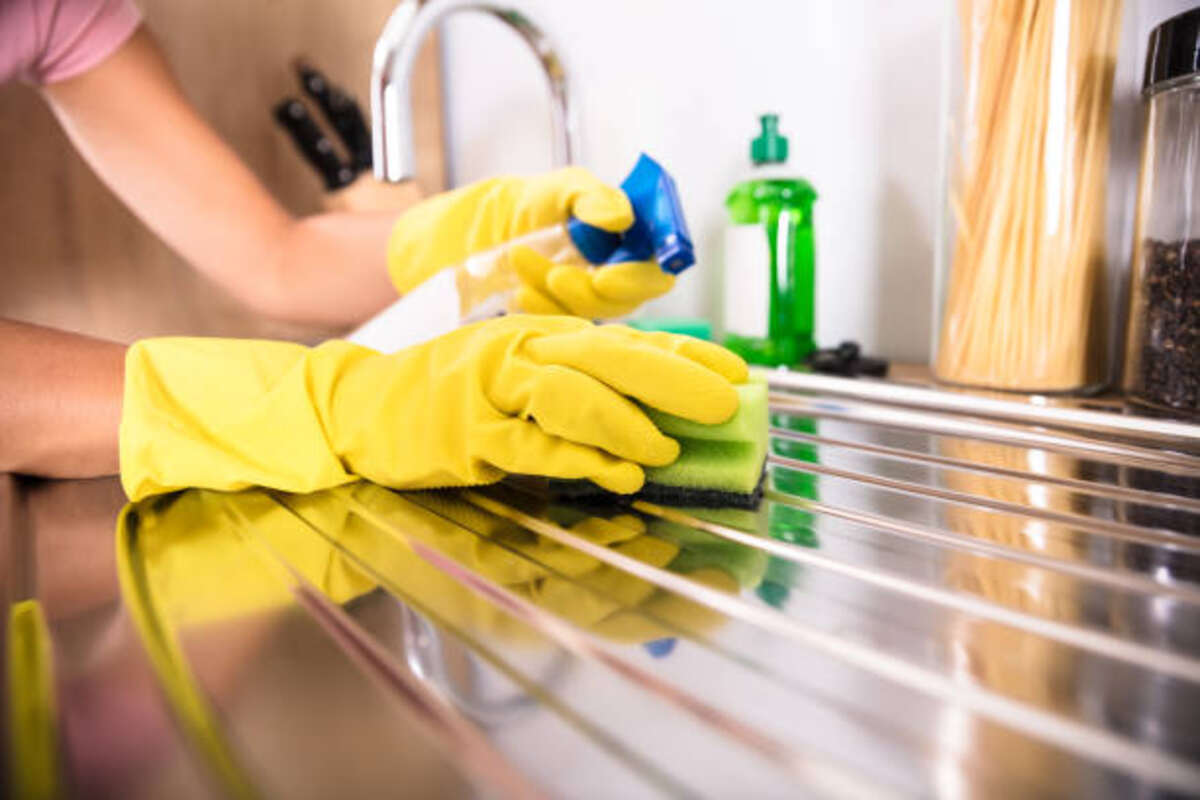






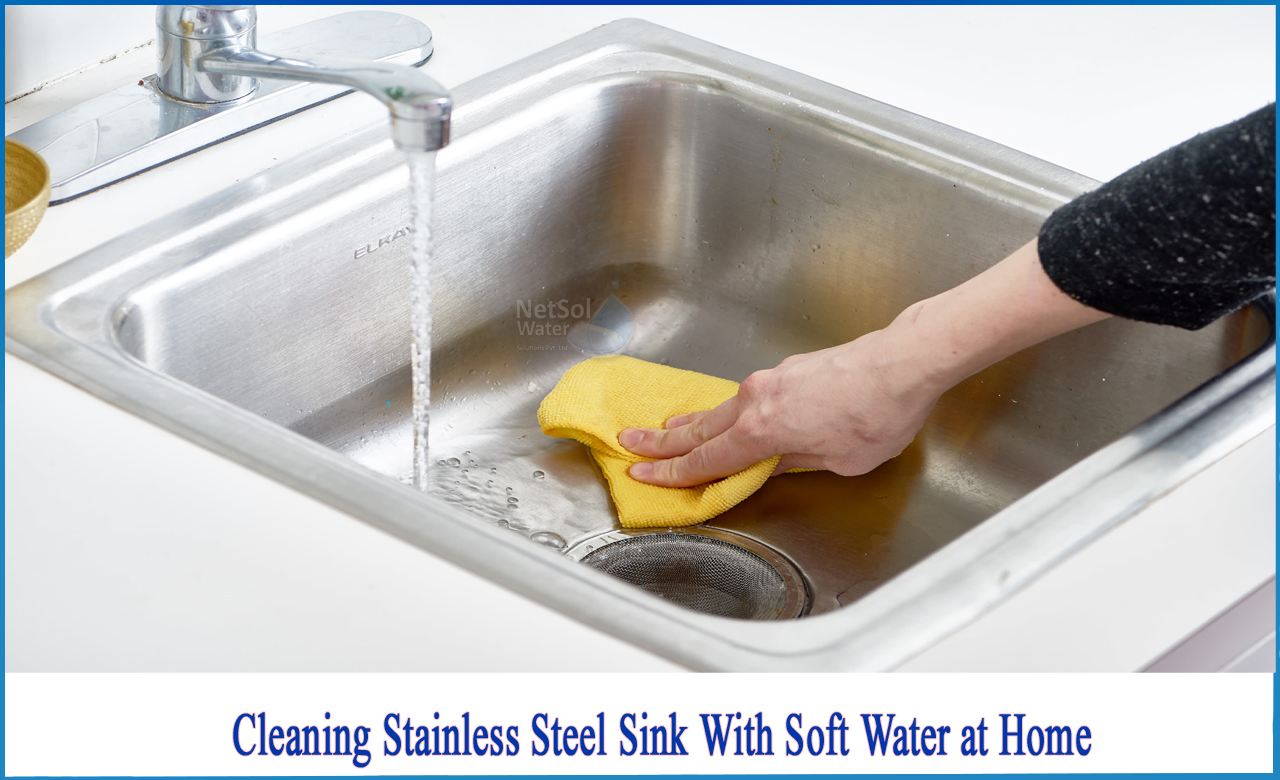
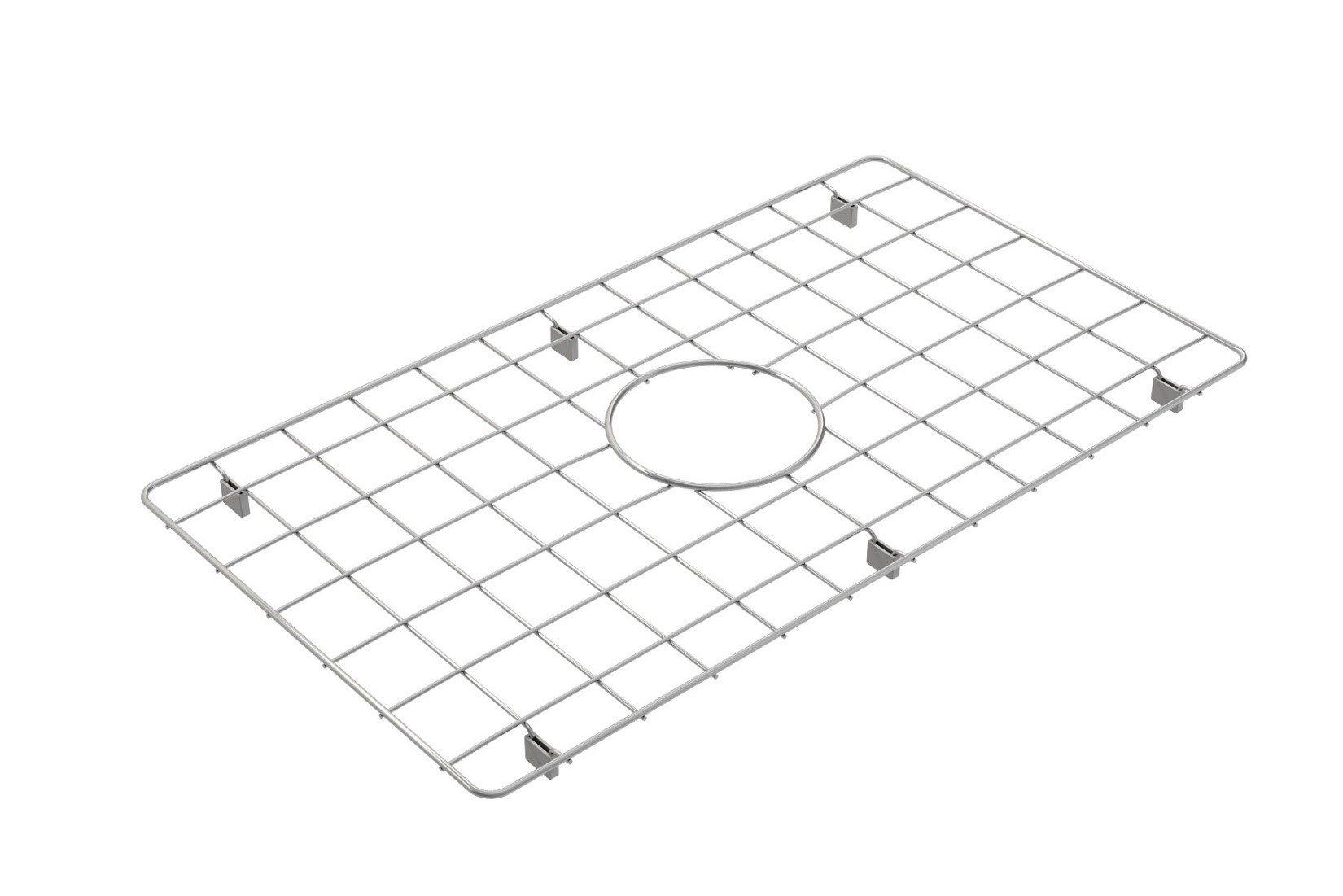















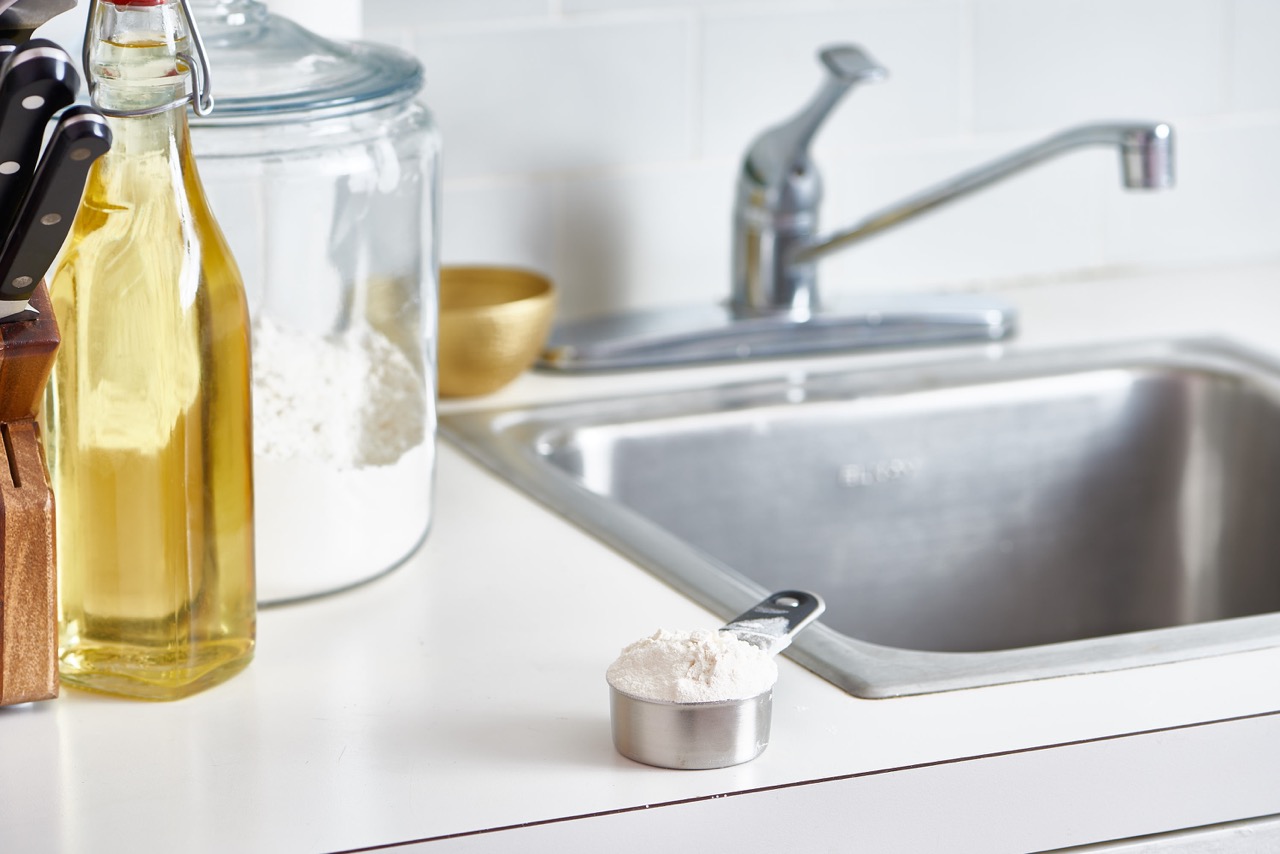




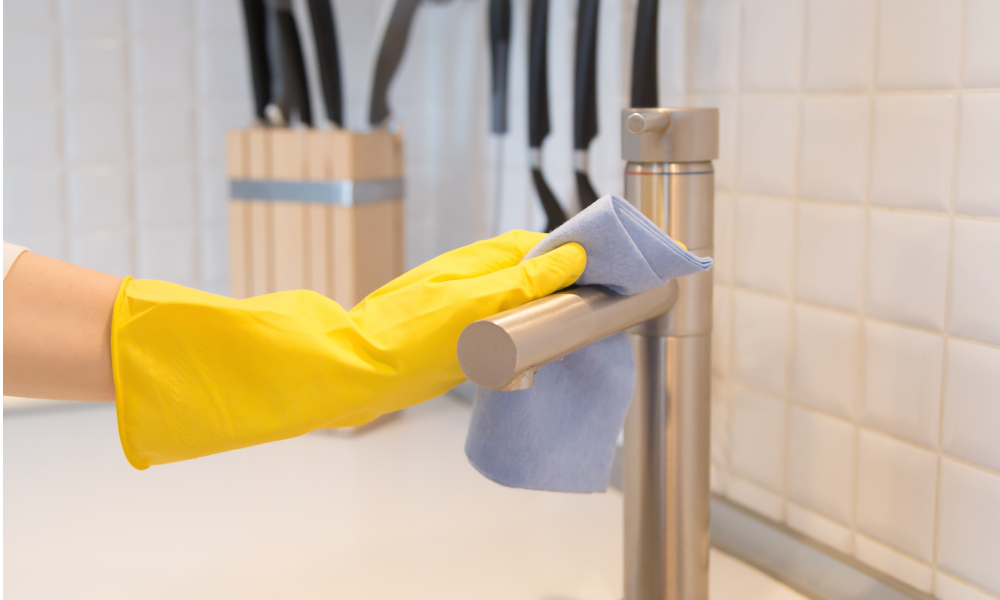

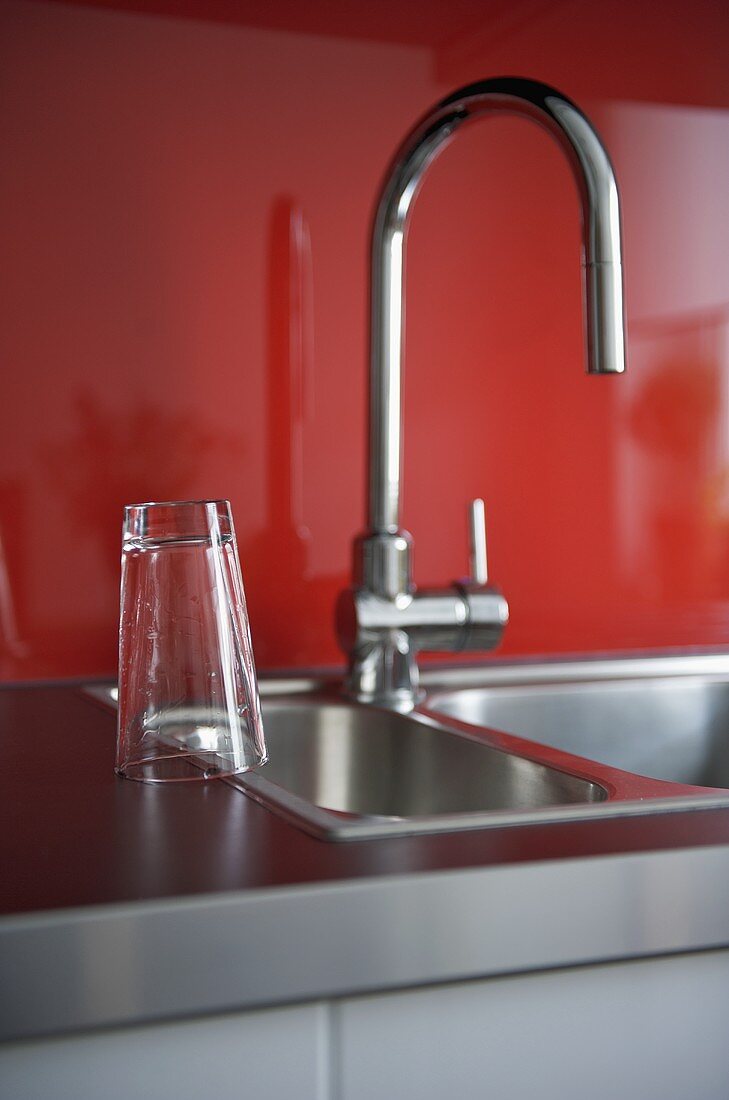
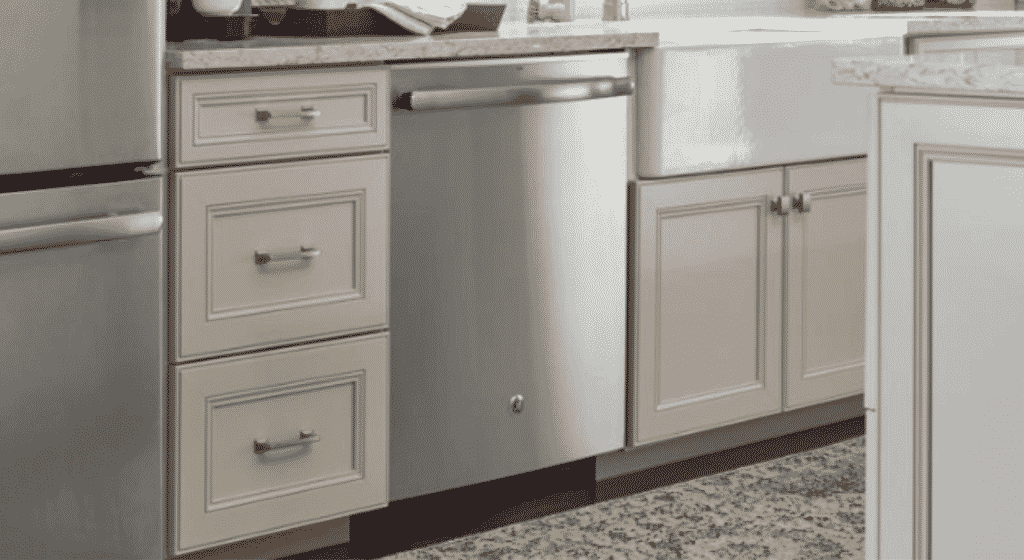


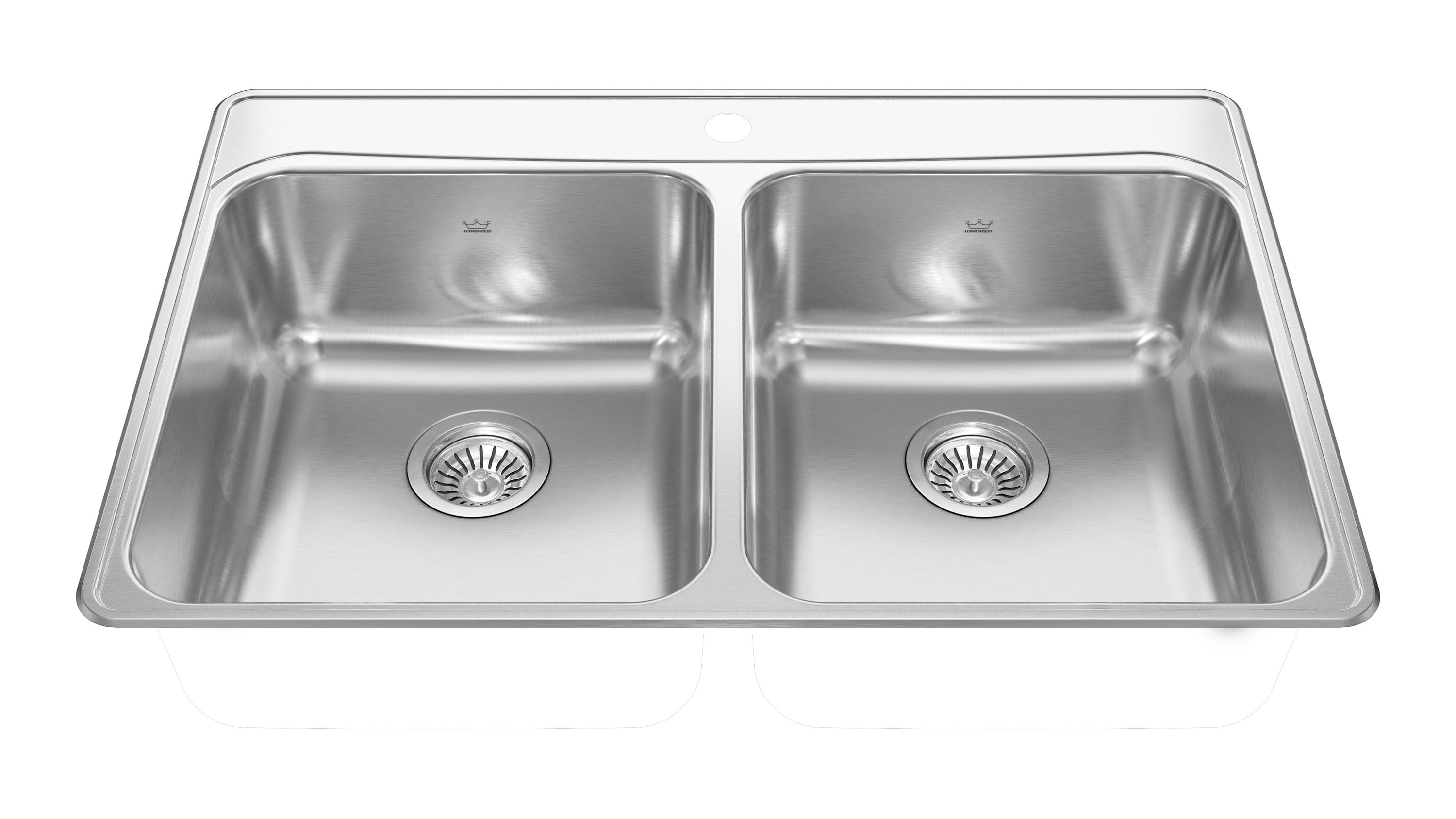







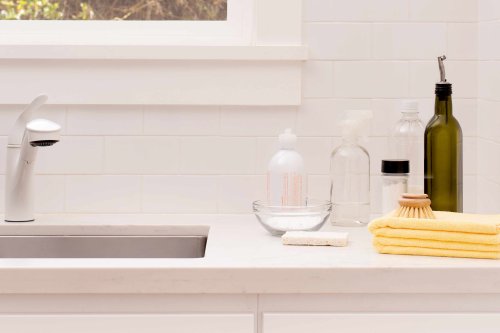


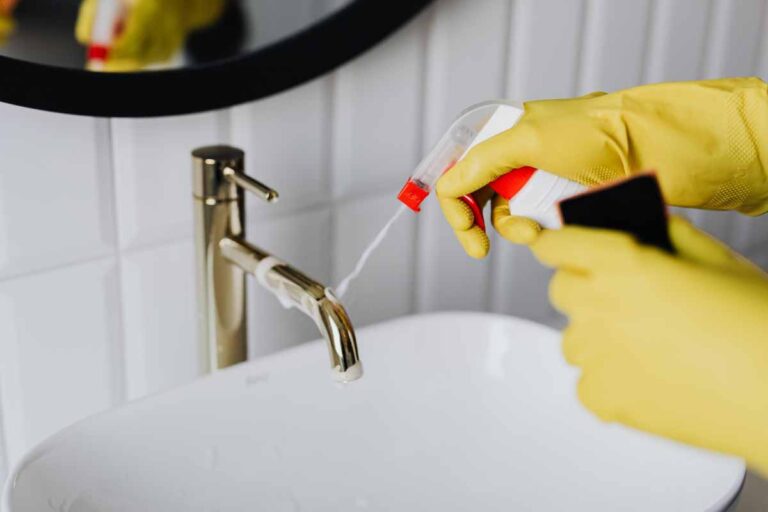

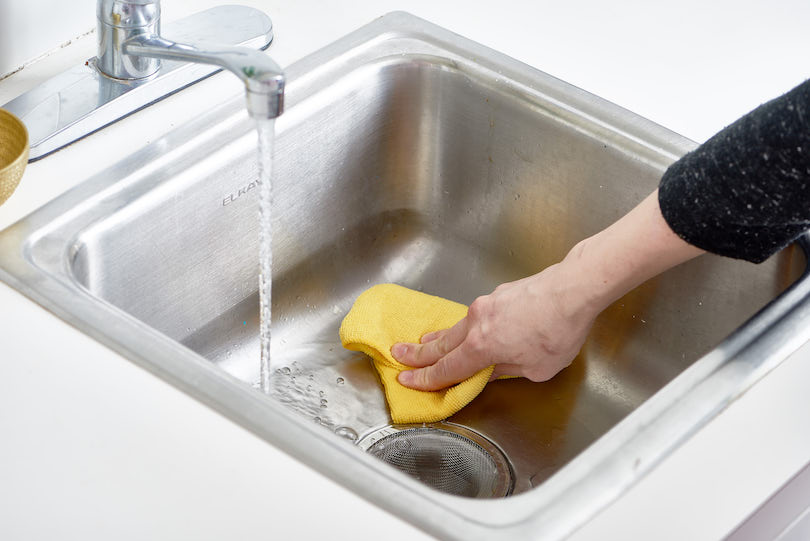
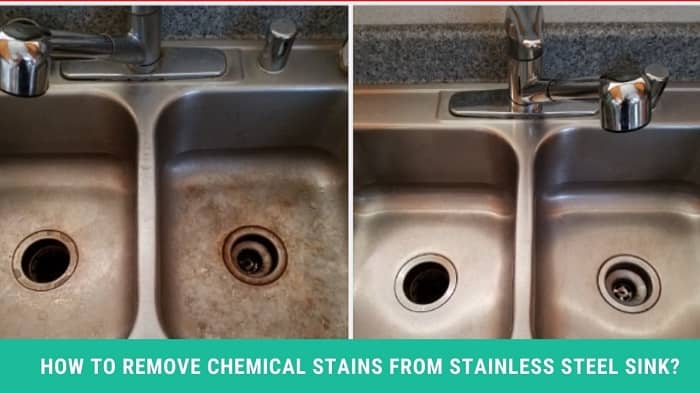

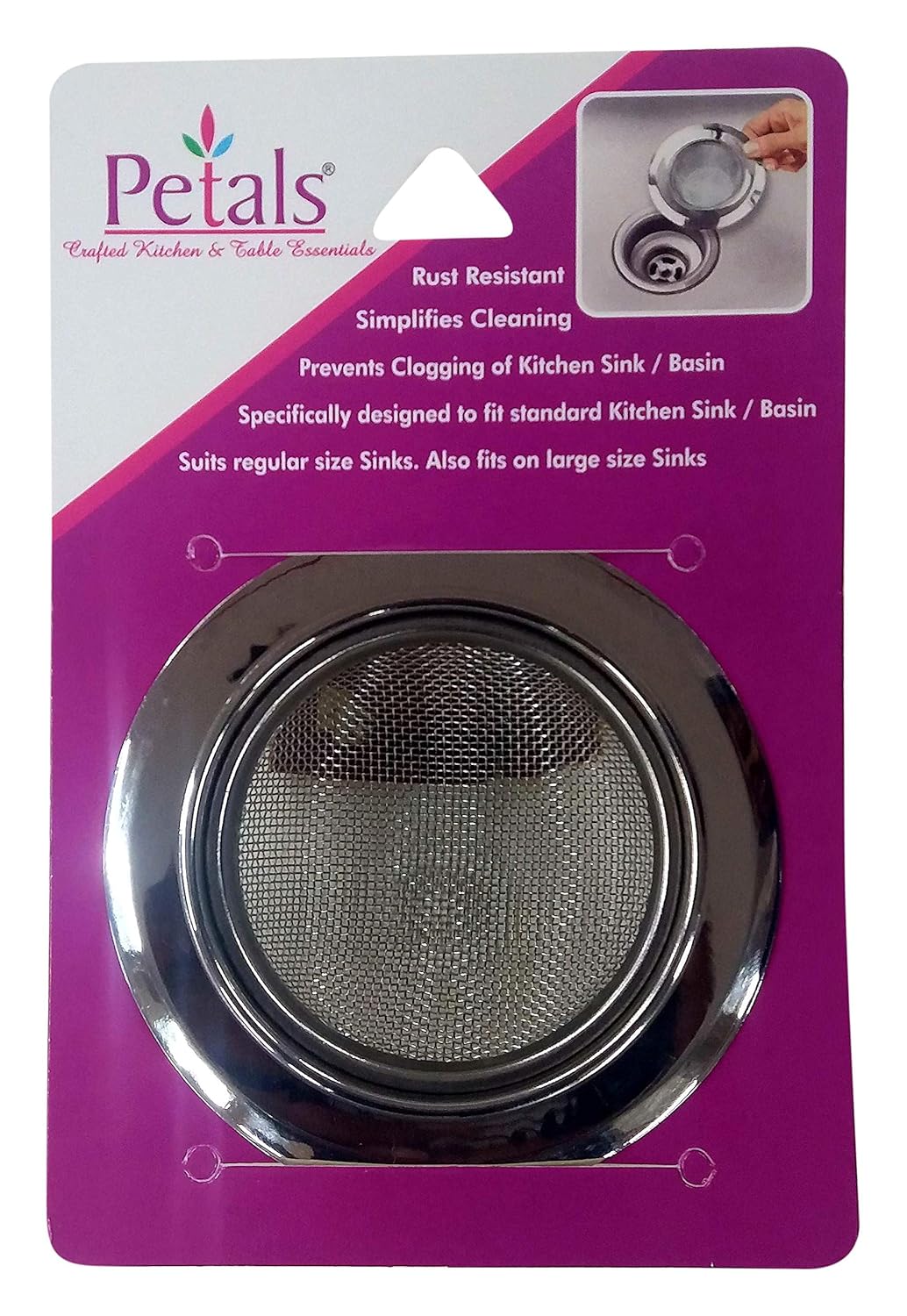



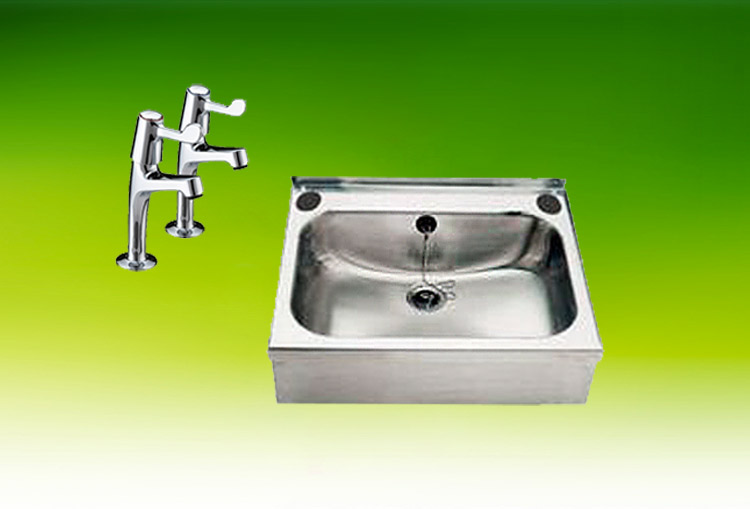
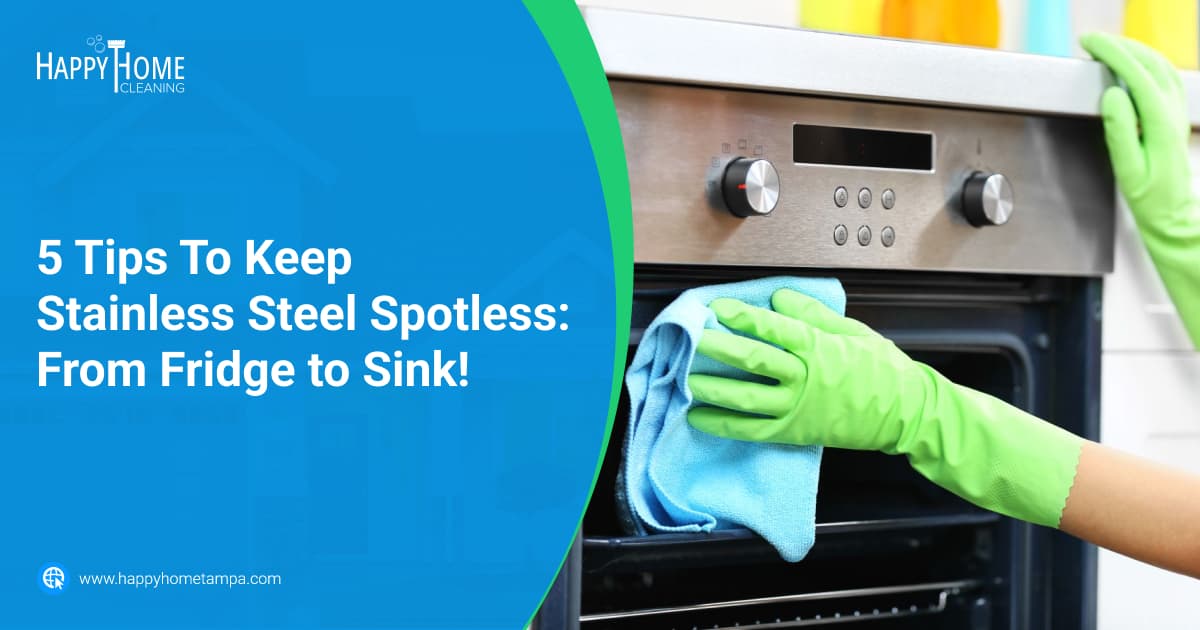

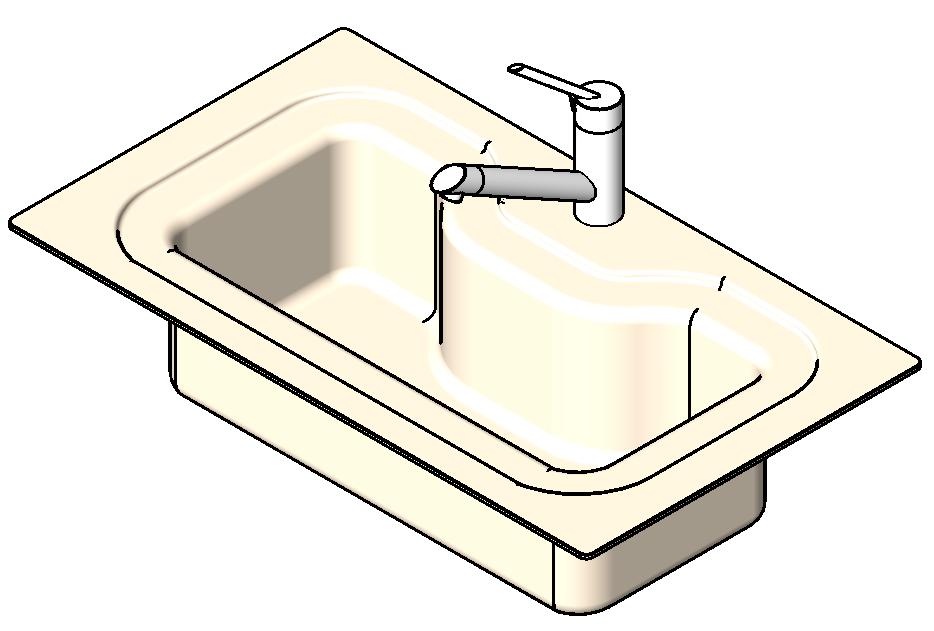
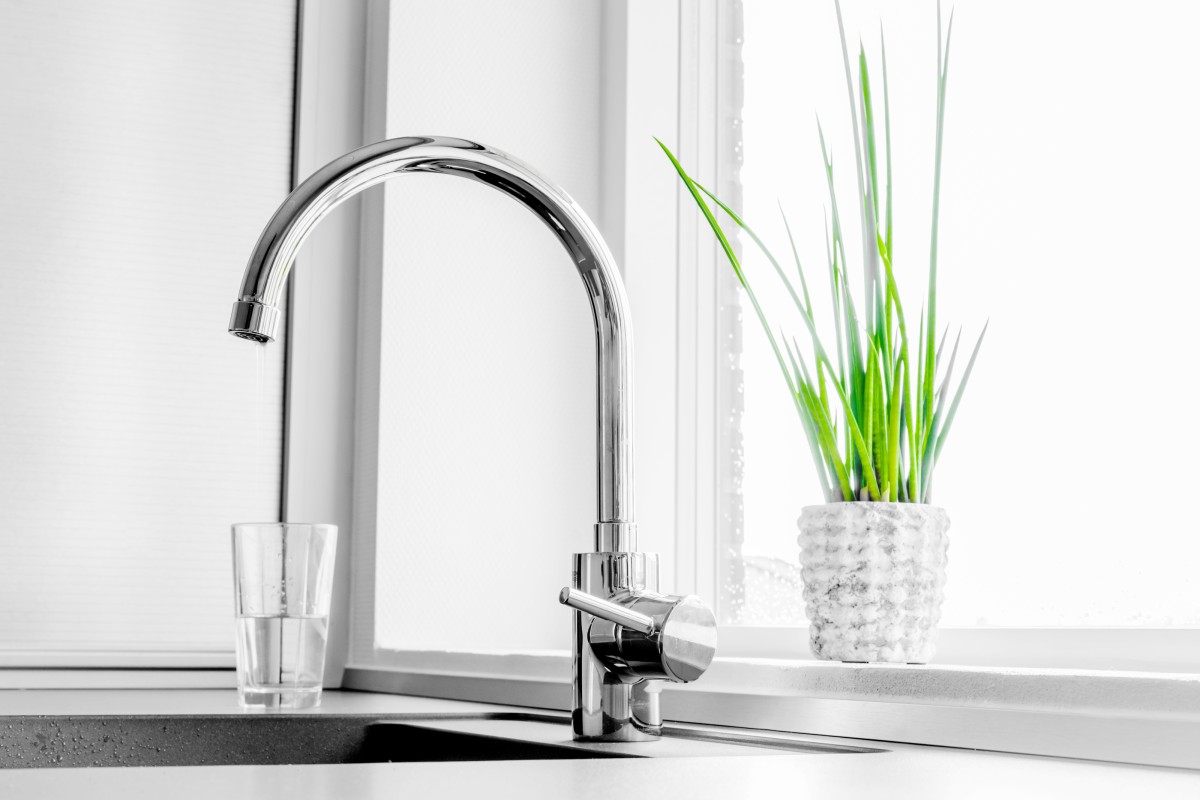


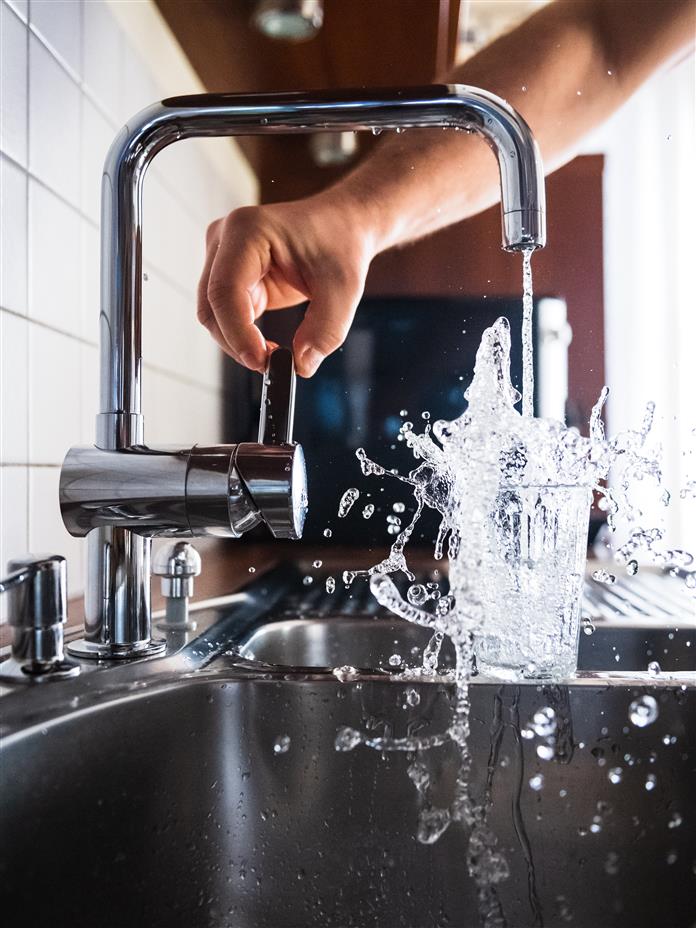






/Traditional-neutral-living-room-589fb4765f9b58819cb46c02.png)
